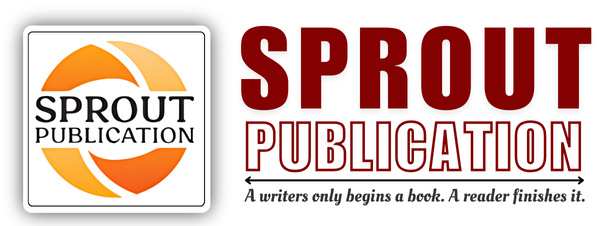Chapter 11: Pharmacovigilance Methods-II
Chapter 11: Pharmacovigilance Methods-II
Author: Mr. Prabhakar Singh Tiwari
Volume: 01
First Online: 31 August 2024
Pages: 125-138
DOI:
Abstract
Pharmacovigilance methods are essential tools for ensuring drug safety and protecting public health by monitoring, detecting, and preventing adverse drug reactions (ADRs) throughout a product’s lifecycle. These methods include spontaneous reporting systems, where healthcare professionals and patients voluntarily report ADRs, forming the cornerstone of early signal detection. Active surveillance methods, such as sentinel sites, drug event monitoring, and patient registries, proactively gather data to identify safety signals in specific populations or conditions. Signal detection techniques, including disproportionality analysis and data mining, are used to analyze large datasets and identify unusual patterns that may indicate potential safety concerns. Causality assessment helps determine whether a reported ADR is likely related to the drug, utilizing tools like the Naranjo Algorithm and expert judgment. Additionally, post-marketing studies and risk management plans (RMPs) further evaluate and mitigate risks in real-world settings. Together, these pharmacovigilance methods create a comprehensive system for ongoing drug safety monitoring, ensuring that the benefits of medications continue to outweigh their risks for patients.
Keywords: Drug Safety, Spontaneous Reporting Systems, Active Surveillance, Sentinel Sites, Drug Event Monitoring

